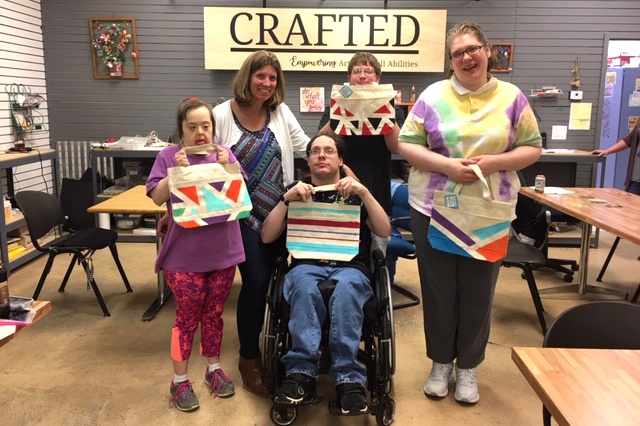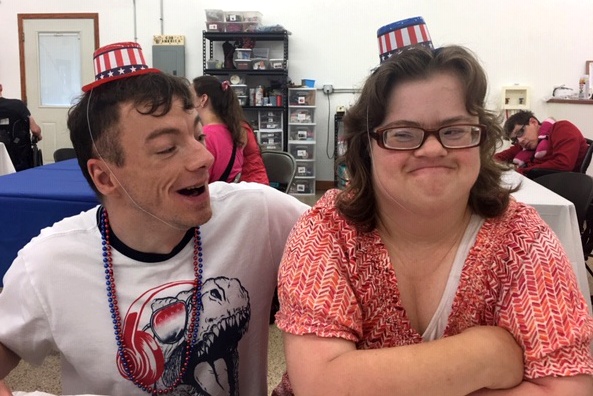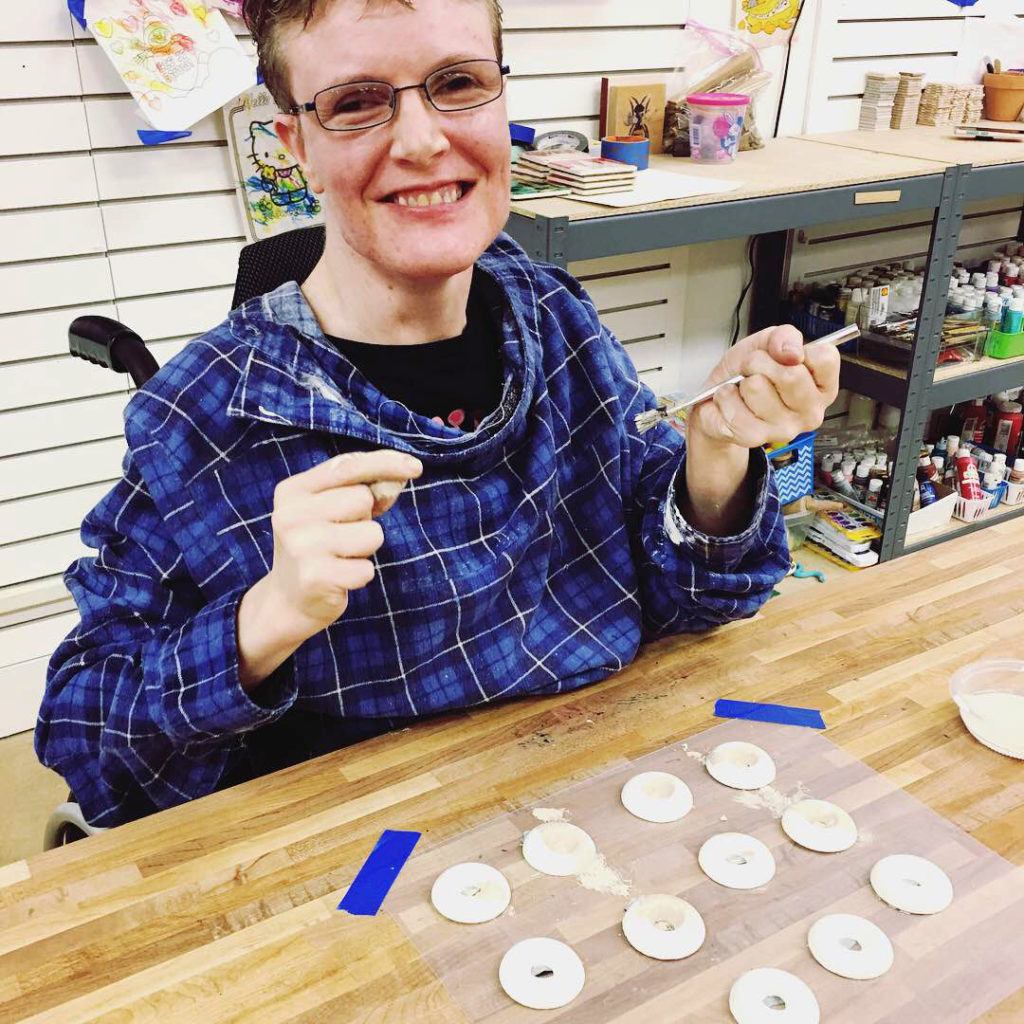Itasca Life Options

When any group of people are segregated together, they can become invisible to their larger community. This is commonly the case with people with intellectual or developmental disabilities; in Minnesota, over 90% of people with disabilities were working in either a facility-based employment (typically only with other people with disabilities) or in a non-work program, according to the 2018 National Report on Employment Services and Outcomes.
“Getting involved in Propel’s trainings was one of the most crucial things for me as a new nonprofit leader.”
Lisa Lassen, Executive Director, Itasca Life Options
Seeing the Ability
Luckily, there’s been a shift toward integrated employment and increased opportunities for people of all abilities. In rural Itasca County, Minnesota, this shift is being led by the nonprofit Itasca Life Options. Its mission is to empower and provide opportunities to people of all abilities. “Our work is really about providing choice to everyone,” said Lisa Lassen, the nonprofit’s executive director. Itasca Life Options is encouraging more folks to “see the ability” rather than the disability of fellow community members.

In 2015 Lisa became the executive director after the long-time director of the organization retired. She has brought a lot of new energy around the organization, shifting the nonprofit’s paradigm from in-house employment services to meaningful community integration. “When [the nonprofit] started back in 1965, it was just focused on work skills,” said Lisa. “Now, it’s more about asking how we help our clients make connections with people, and get people to be seen and heard and part of the community.”
Offsetting Shifts in Reimbursements with Social Enterprise
“Even though we’re a nonprofit, most of our funding had been coming from day-rate reimbursements from the State,” explained Lisa. However, that rate decreased by 7% last year. Lisa knew they needed to start exploring other income streams while expanding programming to attract a broader range of clients. They also desperately needed new space, having long outgrown their existing space.
Lisa joined Propel Nonprofits’ 9-month Social Enterprise Cohort for Itasca County nonprofits. She, two staff members, and two members of the board all participated in the cohort, along with five other Itasca County nonprofits, to learn how to add earned income to its business model. The current business plan was examined to see where they could add programming that would attract younger people and those with a different range of abilities. The organization also explored how it could better market and sell its beloved firestarter products, which are made of wax and donated wood chips from the local paper and lumber mills.

To solve the problems of the business model, space, and programming, the organization decided to open a new spot at the mall – Crafted, by Itasca Life Options – where its clients could create, display, and sell their own art. “The mall has turned out to be a perfect fit for our programming, and opened up so many new partnerships,” said Lisa. On Mondays, clients go to the game shop in the mall to play board games. A local photographer has helped photograph the art and products clients are making for Crafted, as well as taking photos of the clients themselves so they have professional headshots. “A cupcake shop just moved in and we’re working with that owner to get someone employed there, and our artists have also made the table decorations,” said Lisa. “So many neat connections have come just from being in that space.”
The Crafted space at the mall has also given the organization more visibility and helped attracted new clients. “We had a gentleman with autism come in, and he’s an amazing artist,” said Lisa. “His mom told us he really didn’t talk and hadn’t been excited about anything. He started coming two days a week and now he’s up to four and is working on making a calendar. He’s started saying staff names – he said my name last week! It’s been so cool to see.”
The Nonprofit Leadership Growth Curve

Lisa had no other nonprofit experience when she took the job and very quickly sought out a partnership with Propel Nonprofits, starting out with Fundamentals of Finance. Through Propel’s partnership with the Blandin Foundation in Grand Rapids, she took advantage not just of the Social Enterprise Cohort, but also the Executive Director cohort. “Getting involved in Propel’s trainings was one of the most crucial things for me as a new nonprofit leader,” said Lisa. “The biggest thing for me has been to make relationships with other executive directors. You kind of have to know people and be in the same spaces for opportunities to happen.”
Thanks to all the new connections, their new space, and new programming, Lisa also reported significant growth over the past year. Itasca Life Options worked with 39 people in 2017 and last year alone the organization added 13 new clients. The organization was also able to double its staff from 8 to 16. Its funding model also went through a significant change. Prior to 2015, Itasca Life Services was 100% supported by day-services reimbursements and a small community fund. In 2017, it made $6,300 in indirect income. In 2018, it received $50,000 for a building remodel, a private grant, and individual donations, all totaling $73,000, which helps support and grow their programs.

“The opportunities just keep coming!” said Lisa. Habitat for Humanity reached out about possible volunteer opportunities. Another cohort member at the Deer River farmer’s market asked if Itasca Life Options wanted to collaborate at the market. Their fire starters will be featured in an upcoming subscription box service. “I feel like now we can take on anything and we have the momentum and confidence to make it happen,” said Lisa.
If you’d like to learn more, check out Itasca Life Options’ Facebook page. If you’re in Grand Rapids, swing by, Crafted at the mall, and attend their grand re-opening the first Friday of August.
Photos provided by Itasca Life Options
